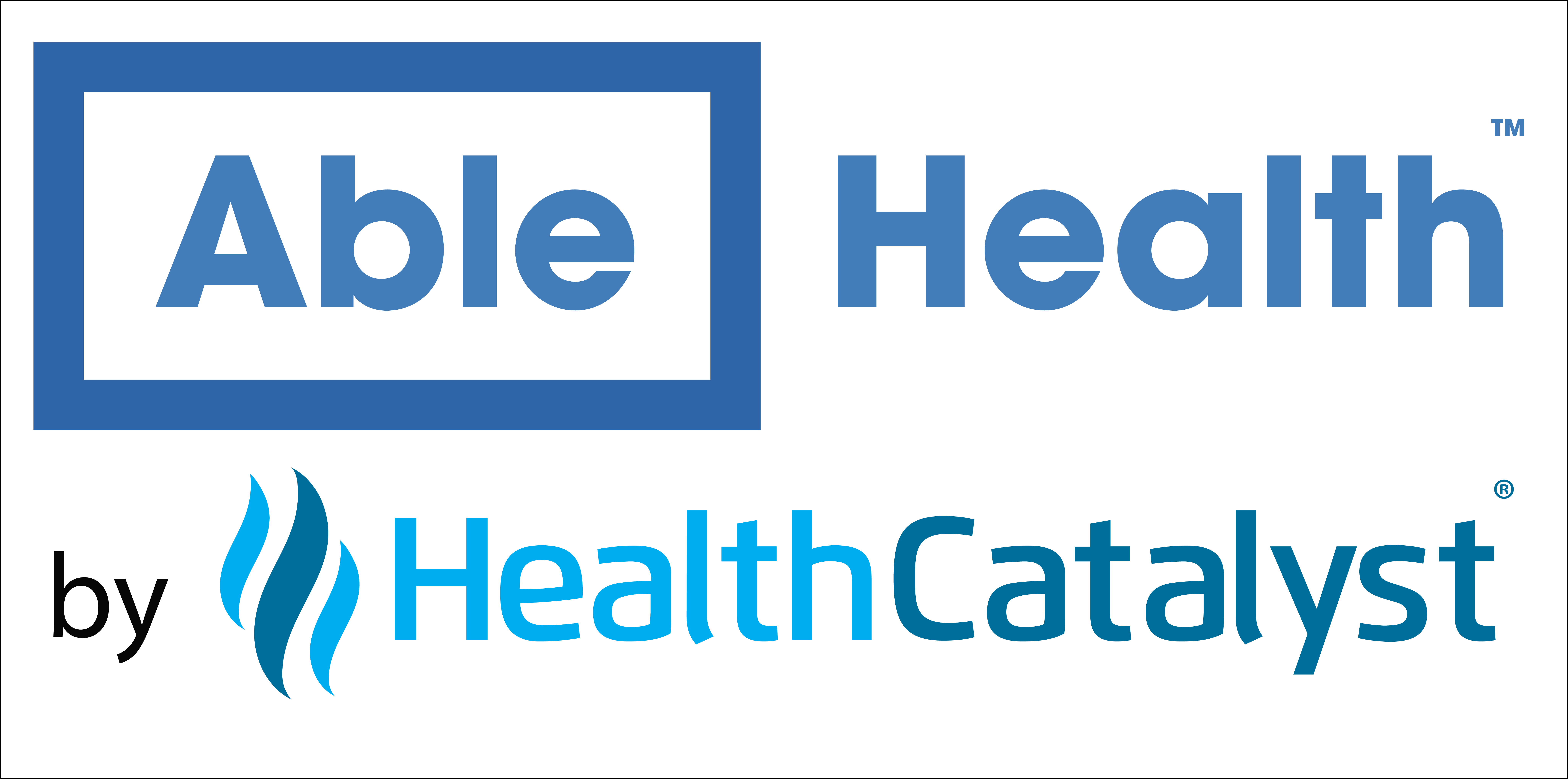Able Health combines all claims and clinical data from a health system’s data sources (inside and outside of the hospital) into one location, allowing healthcare leaders to focus more on improving care and less on data management. The combination of a measures engine that calculates performance, a performance dashboard that displays measure performance, and a submission engine that submits data to payers, all powered by the Health Catalyst® Data Operating System (DOS™), enables health systems to identify areas for improvement based on one complete picture of quality performance.
 Download
Download

When health systems face global health crises, such as the novel coronavirus, high-quality outpatient care plays a vital role in saving thousands of lives. With attention pulled between tending to patients diagnosed with COVID-19 and the typical responsibilities of running a hospital, health systems struggle to know what to prioritize.
The COVID-19 pandemic is an unexpected tragedy that reminded health systems (and everyone) about the utmost importance of preparation. Focusing on outpatient outcomes reinforces the importance of quality outpatient care and the framework for that care—quality measures designed to prevent and control chronic conditions. Therefore, one form of preparation includes consistently delivering high-quality outpatient care to patients with chronic conditions, increasing the chances these patients can survive diseases such as COVID-19.
The Able Health™ by Health Catalyst® quality measures solution helps health systems adjust to a new “normal,” with frontlines delivering care to patients with COVID-19 and providing quality outpatient care, all at the same time.
The Able Health quality measures solution creates a complete picture of quality performance. By calculating performance across a complete list of quality measures using complete data from all data sources—instead of partial data from limited sources—quality leaders can accurately identify and prioritize improvement opportunities, close care gaps, and submit complete and compliant data to payers.
With a measures engine that calculates performance, a performance dashboard that displays measure performance, and a submission engine that submits data to payers, all supported by the Health Catalyst Data Operating System (DOS™), Able Health is a comprehensive solution to solve the quality measures quandary.
Healthcare leaders and clinicians alike struggle to meet provider quality measures performance targets—or identify improvement opportunities when they fall below these targets—because of inaccurate or incomplete quality data. With over 2,000 quality measures used to evaluate healthcare performance and delivery and endless disparate data sources, a lack of standardization make quality measurement, let alone quality improvement, a complicated process.
Able Health combines complete data into one location, allowing health system leaders and providers to focus more on improvement and less on data management. The combination of complete data, measures, visualizations, and workflows enables health systems to rely on one comprehensive picture of quality performance.
Able Health calculates, visualizes, and reports performance for provider quality measures. Currently, the Able Health measures engine includes a growing library of quality measures featuring more than 240 prebuilt measures.
Unlike traditional payer calculations, which don’t use clinical data, Able Health uses all claims and clinical data from a health system’s data sources—inside and outside of the hospital. And unlike EHR calculations, which don’t use all available claims and clinical data, the Able Health measures engine uses complete claims and clinical data, such as data from data fields not mapped by EHR vendors to EHR performance calculations.
The Able Health quality measures solution offers not only a complete quality picture, but also a comprehensive quality workflow. In addition to monitoring data and helping to improve performance, the solution also submits measures, thus reducing the data submission burden on providers and health systems. The simple submission process allows health systems to submit clinical data to commercial payers to close care gaps at the payer level or submit MIPS performance data through an API connection to Medicare through the Able Health Qualified Registry.
In March 2016, Health Affairs published research quantifying the burden of quality measurement; the survey found the burden to be 15.1 hours per provider per week, which amounts to a $15.4 billion cost on the entire healthcare system related to quality measurement. Additionally, the challenge of quality measurement is complex, as every step in the process presents problems that add to the total burden—from care delivery, documenting data, calculating performance to improving performance, and finally, reporting performance.
Able Health by Health Catalyst provides a simple interface that allows quality leaders to identify their highest-priority opportunities in seconds (versus minutes or hours), including measures, groups, or providers. Leaders can also leverage data visualizations to identify trends from high-performing measures, groups, and providers, then determine what to replicate.
The complete picture of quality performance eliminates delays and demotivation for quality improvement. With seamless access to a full view of quality performance at any moment, healthcare leaders can compare their performance across the breadth and depth of optimum performance measures and pinpoint precisely where they need to improve.
Would you like to learn more about this topic? Here are some articles we suggest:
Would you like to use or share these concepts? Download the presentation highlighting the key main points.
Click Here to Download the Slides
https://www.slideshare.net/slideshow/embed_code/key/mk6Zzeqk4AcECD